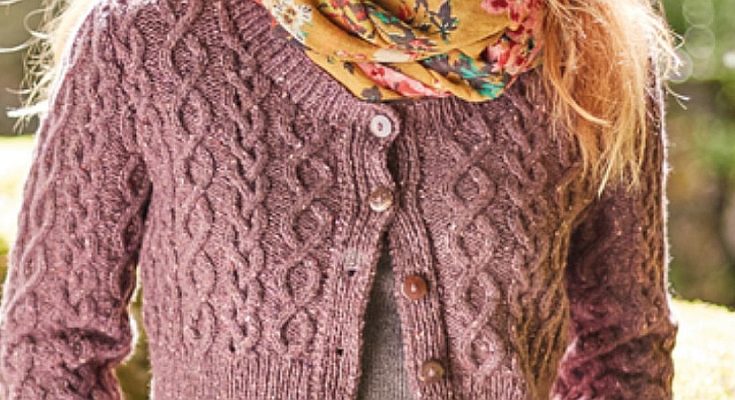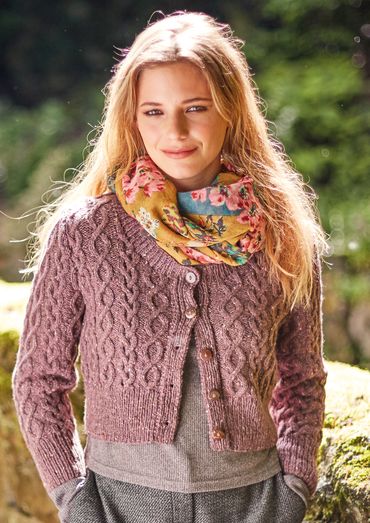Though we may never be able to unravel the history of Aran knitting all the way back to its mysterious beginnings, the fact remains that this style has been popular for several decades. Traditionally 100% wool, off-white or white, and featuring ribbing, cables, and bobbles, Aran knitting (also called “fishermen shirts”) has been known to the knitting world since at least the early part of the 20th century. It is called “Aran” because it became popular after being sold out of the Aran Islands off the coast of Ireland in the 1930’s and 1940’s.
Nowadays, Aran knitting is enjoyed all over the world, whether it is being used in the traditional sense for a shirt or sweater, or used in a new or interesting way as part of projects like pillow covers, stuffed animals, hats, and shawls. There are plenty of patterns, free and otherwise, all over the internet, as well as free tutorials and videos if you are interested in learning more about Aran knitting. If you prefer reading books, you can check out titles like “A History of Hand Knitting” by Richard Rutt, or “Knitting In The Old Way” by Priscilla A. Gibson-Roberts and co-writer Deborah Robson. You can also visit craft stores, classes, fairs, or find a group online like on the fiber arts community website Ravelry to join if you want to hear personal stories about working in Aran knitting. Older knitting magazines are also a wealth of information, thanks to Heinz Kiewe, who promoted Aran knitting by publishing patterns for the style. Vogue eventually picked up on this trend and published its own Aran knitting pattern in the late 1950’s.
If, instead, you prefer to jump into Aran knitting and discovering things about it as you go, you can start with something small, like a square for an afghan, or a washcloth, or you can try something like this stunning cardigan from Knit Rowan, featuring the cables that traditionally mark a piece as Aran.

